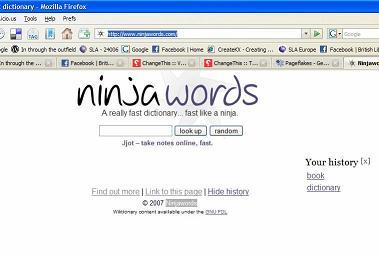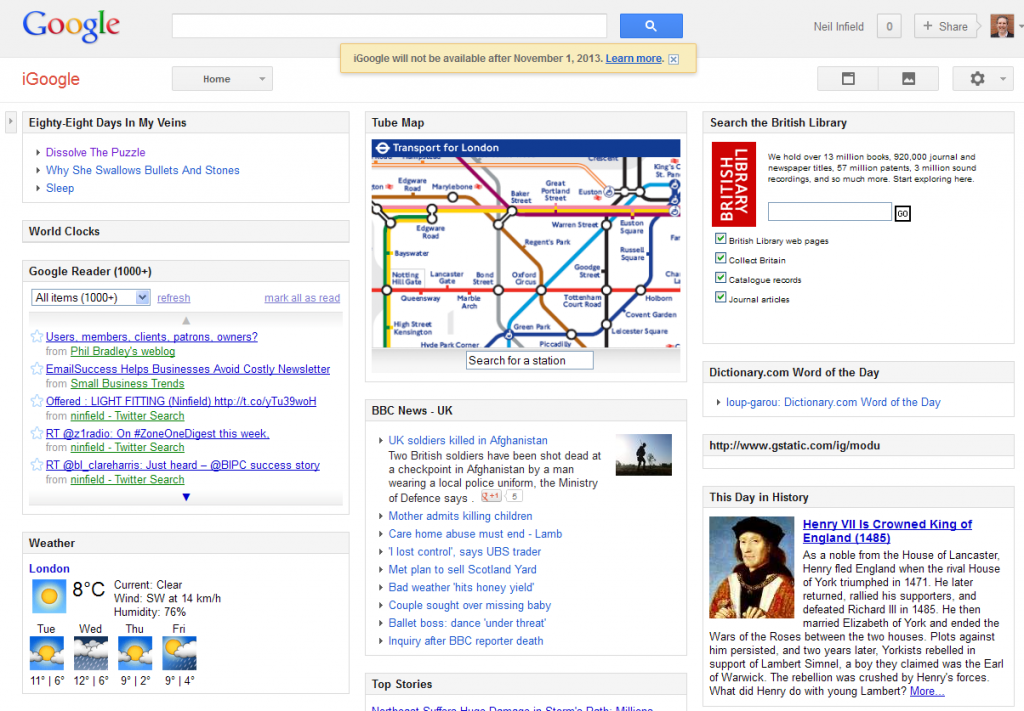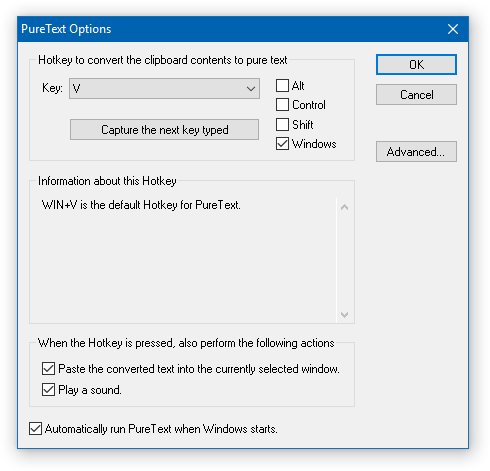Actually, I find the original edible version of spam as indigestible as the electronic kind, although I do love the Monty Python song that the term is derived from.
However, I am still surprised how many people still complain about how their lives are blighted by this curse of the Internet age, when there are solutions so readily to hand.
Although there are many products to choose from, I have been using Cloudmark Spamnet (now Desktop) for a couple of years now and consider myself a satisfied customer. I get about 50 spam messages a day on my home email account and with this software I have seen very few false negatives – or false positives for that matter.
What I like best about the product is that in addition to some very clever analytics it also relies on good old human brain power shared via the Internet. On the rare occasions a piece of shiny new rogue spam makes it through to your inbox, you tag it and the information goes back to a central database. Once an email gets enough tags it will be marked as spam for everyone else. The same works in reverse for non-spam such as e-mail newsletters which are often mistakenly identified as unwanted.
Even better all contributors are rated on how reliable their tagging is. This is a very effective way of stopping the spammers from hi-jacking the system by tagging their spam as clean.
If you don’t believe me, have a read of respected IT journalist Jon Honeyball’s article. “Since installing Cloudmark for Exchange Server a few months ago, my inbox has received 15,619 emails, of which 11,512 were killed off as spam. I can’t remember a good email being incorrectly marked as spam, and it has probably let a few dozen spams through into my inbox by mistake.”
Needles to say these services come with a cost, but for me it at around £20 a year at current exchange rates it is money well spent.
I apologise if this sounds like an advert, but I don’t think enough people are aware how easily they can remove this unpleasantness from their lives.
 Here is an indication of what you will see, but unless your eyesight is a lot better than mine you will need to view the page.
Here is an indication of what you will see, but unless your eyesight is a lot better than mine you will need to view the page.
 Wikipedia is a registered charity which cost $1 million in 2007 and forecasted to cost $2-3 million in 2008 which is amazing considering it is now the 8th most popular website in the world. Even in Iran it is the 14 most popular.
Wikipedia is a registered charity which cost $1 million in 2007 and forecasted to cost $2-3 million in 2008 which is amazing considering it is now the 8th most popular website in the world. Even in Iran it is the 14 most popular.



